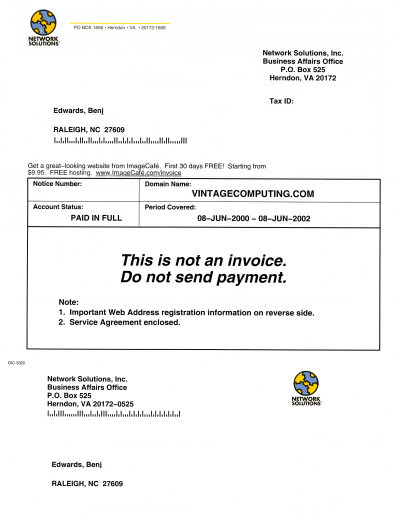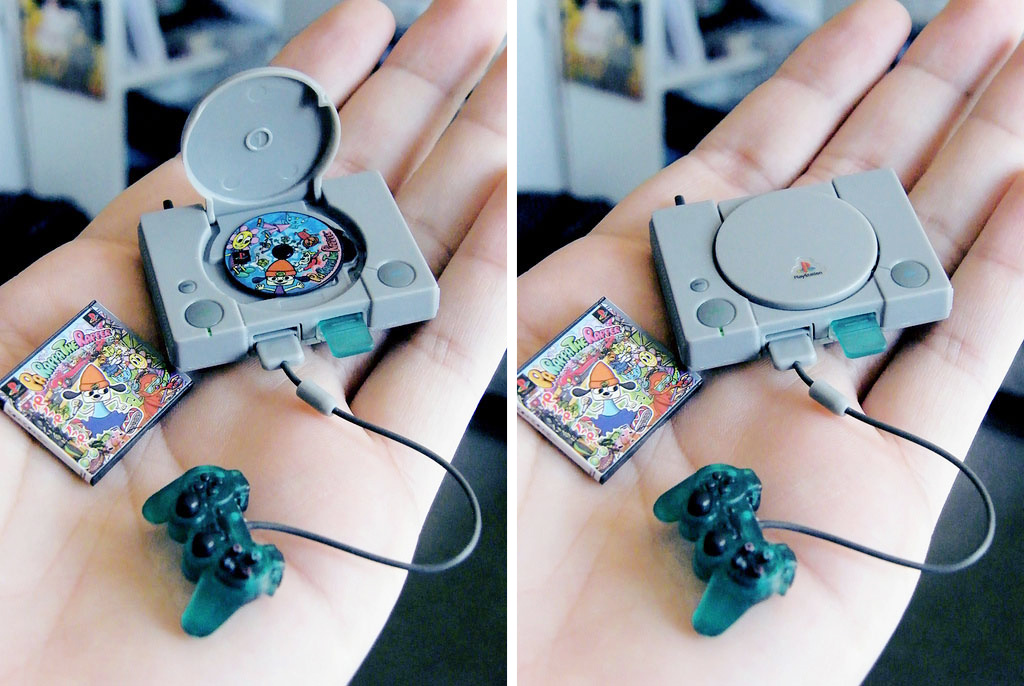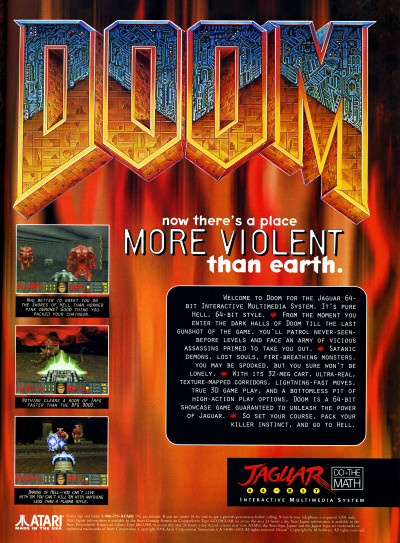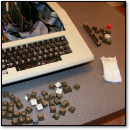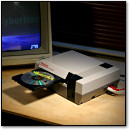The IBM PC Turns 35
Friday, August 12th, 2016
35 years ago today, IBM launched the IBM Personal Computer — the first-ever IBM PC. While it was simply called the “IBM Personal Computer” back then, we now know it more commonly by its model number, 5150.
PCWorld recently asked me to do something to celebrate this anniversary, so just a few days ago, I took apart my personal IBM PC 5150 and documented the process on my workbench. And back in 2011, I wrote some other articles about the IBM PC on the occasion of the machine’s 30th anniversary.
In fact, I’ve done a lot of coverage of the IBM PC over the years, so I thought you guys might enjoy seeing a collection of all of them in one place. Here we go.
Features
- Inside the IBM PC 5150 (PCWorld, 2016)
I examine and take apart IBM’s first PC on my trusty workbench - Can You Do Real Work With the 30-Year-Old IBM 5150? (PCWorld, 2011)
I spent a week with the IBM PC using it for modern work like word processing, graphics, and even Internet tasks - IBM PC Oddities (Technologizer, 2011)
Neat and unusual trivia, accessories, cultural moments surrounding the IBM PC - Ten Greatest MS-DOS Games of All Time (PC World, 2011)
Exactly what it sounds like — the best IBM PC games that ran in DOS. - Classic PCs vs. New PCs: Their True Cost (Technologizer, 2009)
Wherein I compared the IBM PC (among other computers) to modern cost-equivalents when adjusted for inflation - Inside the World’s Greatest Keyboard (PCWorld, 2008)
I took apart an IBM PC AT-era (1984) Model M keyboard, which set the standard for all PC keyboards
IBM PC Retro Scans of the Week
- Disemboweled IBM PC 5150 (2016)
- The Official IBM PC Desk (2012)
- My Own IBM Computer (2011)
- The IBM PC Kid (2010)
- IBM Taught Me How to Read (2010)
- Stunning IBM PC Paper Art (2008)
- Presenting the IBM of Personal Computers (2006)
IBM PC-Related VC&G Posts
- Origins of the ASCII Smiley Character: An Email Exchange With Dr. David Bradley (2015)
- The Beleaguered IBM PC in History (2011)
- IBM PC 30th Anniversary Extravaganza (2011)
- A Few Thoughts on the IBM PC’s Birthday (2011)
There may be more lurking out there, but that’s quite a bit of reading if you’re interested in the IBM PC.
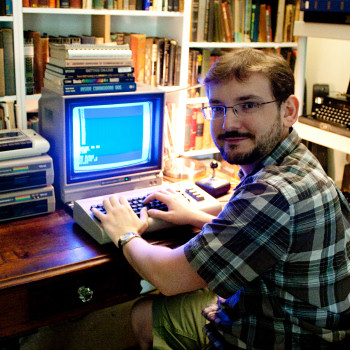
 Ten years ago today, I posted my
Ten years ago today, I posted my 
